A pandemic of a highly transmissible virus like COVID-19 can, and continues to wreak havoc on human life. Protocols to mitigate the detrimental impact of the virus, developed by experts and promoted by the
Indian and various other governments, involve
preemptive behaviours (or preventative health behaviours (PHBs) such as physical distancing, wearing a mask, staying indoors, and sanitising. We are now in the second year of the pandemic, and have constantly been
updating treatment lines with a slower-than-ideal
rate of vaccination across nations. This compels us to rely majorly on mitigative and preventative (as opposed to curative) methods of shielding ourselves from potential carriers of the virus. The importance of these PHBs has been disseminated in government- and expert-sanctioned communications that aim to increase their uptake. These
kinds of communication are an excellent resource of how one must behave during the pandemic. Moreover, a largely unexplored approach that can be leveraged to increase PHB uptake is that of invoking emotions — something that can be explored by social scientists. Within messaging that uses emotions, one way to do so is to elucidate underlying processes of public health behaviours (such as morality). This probable contribution of social science research in the pandemic is especially highlighted owing to the social nature of the pandemic, as one’s behaviour dictates the well-being of not only oneself, but also of those around you. This social nature also ensures the invoking of emotions as a response to one’s or other’s behaviour, which can mould future behaviour. Specifically, appealing to people to engage in pro-social behaviours during the pandemic (by invoking feelings of togetherness in fighting COVID-19) evoke positive emotional responses, and thus lead to greater
self-isolation.
Pro-socially framed messages have also been linked with prevention behaviours — like avoiding touching one’s face and meeting other people — and physical distancing, like going to gyms and grocery stores. Further,
research indicates that adherence to physical distancing recommendations are linked with wanting to protect oneself and a feeling of responsibility towards one’s community. These elements are also induced by
moral emotions, or “emotions linked to associated persons or societal welfare”. Moral emotions are purported to act as
motivating states that provide the energy to do good and avoid bad. For this reason, they are
linked with greater concern for others, and choosing riskier consequences for oneself. The aforementioned studies point to the critical role of moral emotions in invoking pro-sociality, which is directly linked with uptake of PHBs. However, the link between moral emotions and nudging people to take up PHBs is unclear. Therefore, in a recent study, conducted in India, we examined the structure of moral emotions during the pandemic and whether they inspire greater uptake of PHBs. We found that in the specific context of the COVID-19 pandemic in India, people were most in favour of the government forbidding public gathering and least in favour of closing all parks. Similarly, with respect to physical distancing, people were most in favour of avoiding shaking hands with others and least in favour of minimising visits to friends (see Figure 1). [caption id=“attachment_9671651” align=“alignnone” width=“640”]
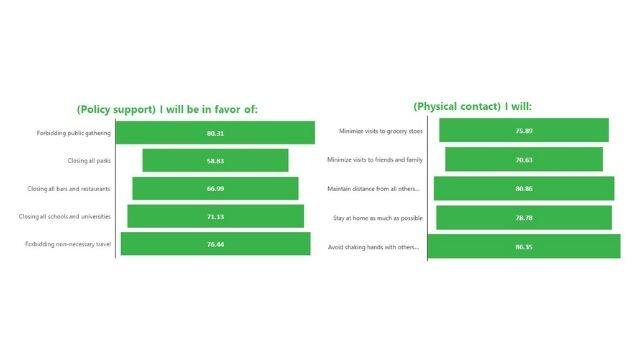 Figure 1. Indians’ perceptions regarding government-led COVID-19 policies, and their uptake of physical distancing norms.[/caption] Regarding moral emotions, there emerged two categories namely, positive and negative moral emotions. Specifically, negative moral emotions consist of emotions such as contempt towards others and shame towards self for not wearing a mask. Similarly, positive moral emotions consist of emotions such as gratitude towards others and pride towards oneself for wearing a mask. Both negative and positive moral emotions were directly linked with PHBs. Moreover, negative moral emotions predicted both physical distancing and policy support (see Figure 2), and positive moral emotions predicted the latter (see Figure 3). [caption id=“attachment_9671661” align=“alignnone” width=“640”]
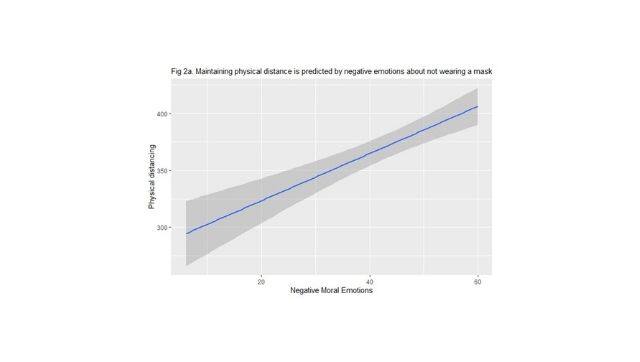 Top: Figure 2(a)
Bottom: Figure 2(b)[/caption] [caption id=“attachment_9671671” align=“alignnone” width=“640”]
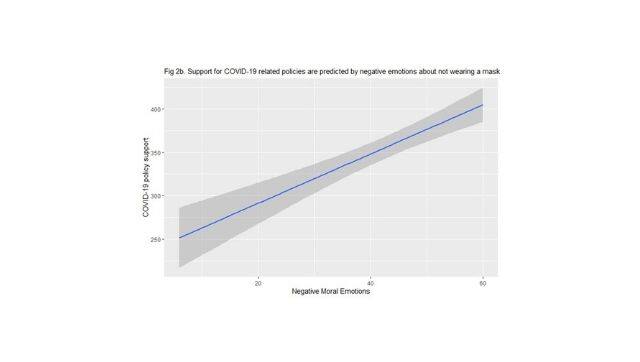 Figure 2. Prediction of COVID-19 preventative health behaviours, owing to negative moral emotions (example, guilt)[/caption] [caption id=“attachment_9671691” align=“alignnone” width=“640”]
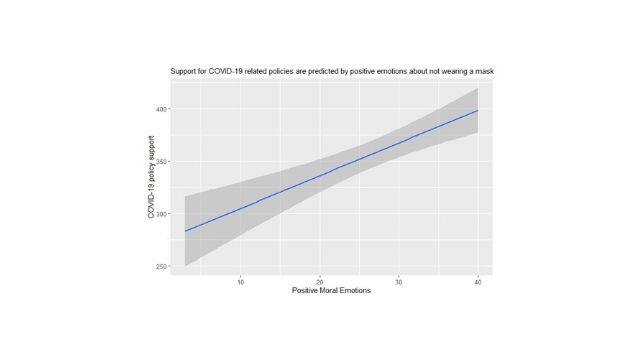 Figure 3. Prediction of COVID-19 policy support, owing to positive moral emotions (example, pride)[/caption] These results highlight the linkages between negative moral emotions and feelings such as criticism of other’s behaviours of not wearing a mask and feeling responsible for other’s wellbeing. Further, these induce both policy support and physical distancing (by providing feedback about how one’s behaviour needs to be changed). Similarly, positive moral emotions are linked with appreciation of other’s for wearing a mask and performing a socially valued behaviour when one wears a mask. This predicts that government-initiated policies regarding COVID-19 are considered rationally, and are supported. The progression of the second wave of the COVID-19 pandemic in India continues to systematically disrupt our lives as we know it. Amongst
heavy criticism regarding health communication in India in the first wave of COVID-19, there seems to be a ray of hope for the mitigation of the ongoing second wave, and already developing preemptive measures for the expected third wave. This comes from the contribution of moral emotions in inspiring people to support COVID-19 policies, and behave in accordance with expert-recommended guidelines regarding COVID-19. Therefore, one way to get Indians to perform greater PHBs could be to build the following sentiments into official and unofficial COVID-19 related communication —
- A sense of responsibility. Example: “Do you feel troubled if you don’t wear a mask?”
- Aversion to those who do not follow guidelines. Example: “I feel contempt towards others who don’t wear masks/ maintain physical distance. Do you?”
- Appreciation of compliant behaviours. Example: “We are grateful to you for maintaining physical distance.”
- Pride. Example: “When maintaining physical distance, you should be proud of yourself for ensuring low transmission of the virus”.These insights can also be applied to messages regarding vaccines. Example: “One should be proud of themselves for being vaccinated against COVID-19”.
[caption id=“attachment_9671701” align=“alignnone” width=“640”] 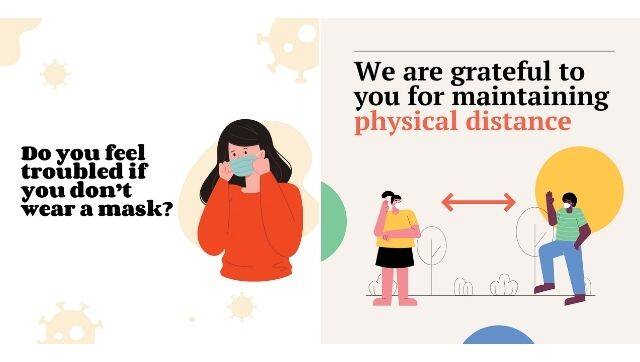 Left: Poster based on negative moral emotions about one’s behaviour of not wearing a mask; Right: Poster based on positive moral emotions about one’s physical distancing behaviour[/caption] [caption id=“attachment_9671711” align=“alignnone” width=“640”] 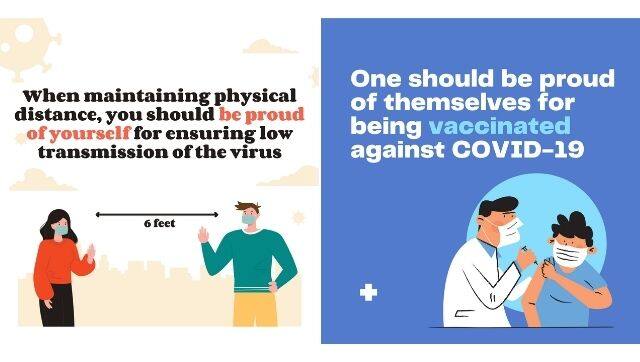 Left: Poster based on positive moral emotions about one’s behaviour of wearing a mask; Right: Poster based on positive moral emotions about getting vaccinated against COVID-19[/caption] Adapting messages in such a manner involves little effort, but can go a long way in reducing COVID-19 cases and the burden on the healthcare system and government, as well as accelerating vaccine uptake and the path to normalcy. More than anything, it potentially saves human lives — a thing to cherish and hold dear. Arunima Ticku is with the Department of Psychology at Monk Prayogshala, Mumbai.


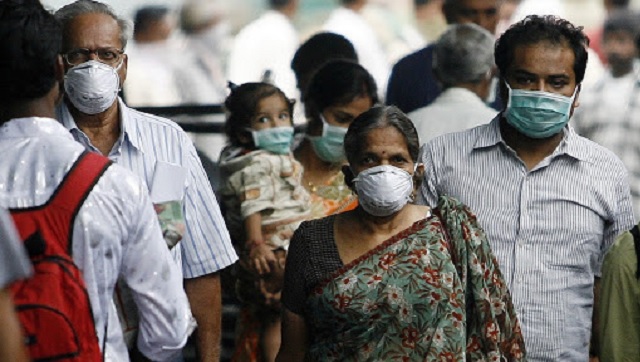)
)
)
)
)
)
)
)
)



